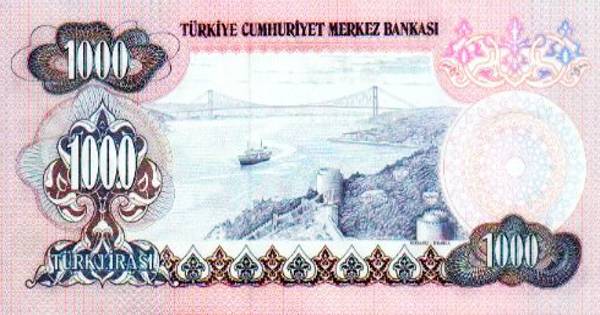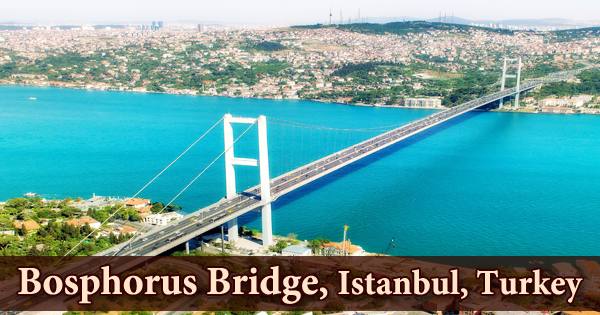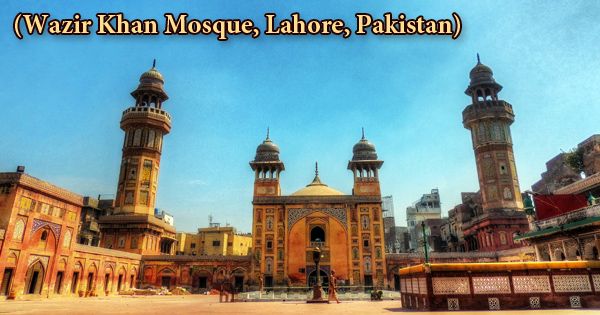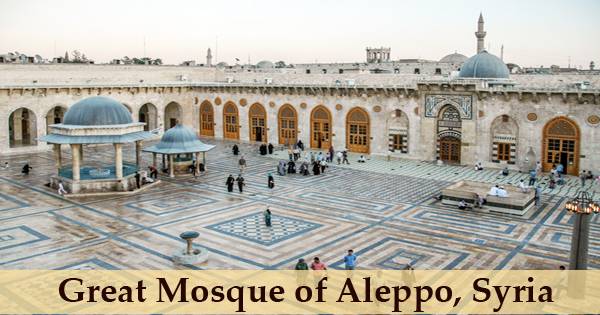The Bosphorus Bridge (Turkish: Boğaziçi Köprüsü), also officially known as the 15 July Martyrs Bridge (Turkish: 15 Temmuz Şehitler Köprüsü) and unofficially known as the First Bridge (Turkish: Birinci Köprü), is one of three bridges that span the Bosporus Strait, which separates Asia from Europe. The bridge connects Ortakoy district on the European side and Beylerbeyi on Istanbul’s Asian side across the Bosphorus Strait, allowing tourists to travel between the two continents that make up this special and expansive region. The Bosphorus Bridge spans the Bosphorus Strait, connecting the two halves of Istanbul, Turkey. Prime Minister Adnan Menderes made the decision to construct a bridge across the Bosphorus in 1957. The bridge’s construction began in 1970, and it was completed in 1973. Today, about 180,000 vehicles drive in both directions on a regular basis.
All three Bosphorus bridges provided vital connections between key regions and facilitated the movement of people and goods. They’ve all aided foreign trade by being part of the key routes between Europe and Asia. All three bridges have been credited with helping to improve the local economy. It is a gravity-anchored suspension bridge with a length of 1.500 meters and a width of 34 meters. In fact, when the Bosphorus bridge was completed in 1973, it was the world’s fourth longest suspension bridge and the first outside of the United States of America; these figures reflect the enormous amount of effort that went into its construction.

The Bosphorus Bridge, originally known as the 15th July Martyrs’ Bridge, has a deck width of 33.4m and a main span of over 1km. It was the world’s fourth longest suspension bridge when it first opened. It is now the 25th longest in the world. The aerodynamic deck is suspended from steel cables and measures 1,560 meters (5,118 feet) in length with a deck width of 33.40 meters (110 ft). The main span between the towers is 1,074 meters (3,524 feet), and the towers’ total height is 165 meters (541 ft). The bridge has a clearance of 64 meters above sea level (210 ft). The Bosphorus Bridge was first proposed in 1957 by Prime Minister Adnan Menderes, and construction began in 1970.
The construction work was finished three years later, and the bridge was officially opened on October 29, 1973, precisely 50 years after Turkey gained independence. The Bosphorus Bridge had the fourth-longest suspension bridge span in the world when it was completed, and the longest outside of the United States. The bridge was the longest suspension bridge in Europe until the Humber Bridge was completed in 1981, and it was the longest suspension bridge in Asia until the Fatih Sultan Mehmet Bridge (Second Bosphorus Bridge) was completed in 1988. (which was surpassed by the Minami Bisan-Seto Bridge in 1989). The Bosphorus Bridge is currently the world’s 33rd-longest suspension bridge distance.
The Bosphorus Bridge, which cost about $200 million to build, has eight lanes, three in each direction, as well as an emergency lane and a sidewalk, though pedestrians are no longer permitted to cross the bridge. About 180,000 vehicles are expected to cross the bridge per day. The Bosphorus Bridge was formally renamed Martyrs Bridge on July 15, 2016, though it is still referred to as First Bridge. While this bridge is a toll bridge, it is only charged for traffic crossing from Istanbul’s European to Asian sides. Commercial vehicles are not permitted on the bridge, which is used by nearly 170,000 vehicles every day.
The Bosphorus Bridge was the first of three suspension bridges that linked the city’s two halves. The Bosphorus Strait could only be crossed by boat prior to its completion. Ferry services continue to operate on a daily basis and are even a more convenient way to cross the river; others hope that making a wish while going under the bridge would come true. The Bosphorus Railroad Company proposed the first modern proposal for a permanent bridge across the Bosphorus to Sultan Abdul Hamid II of the Ottoman Empire in 1900, which included a rail connection between the continents.
Gilbert Roberts, William Brown, and Michael Parsons, British civil engineers who also built the Humber Bridge, Severn Bridge, and Forth Road Bridge, designed the bridge. The bridge was constructed as a gravity-anchored suspension bridge. This indicates that instead of being connected to the ground, the main cables are attached to the road deck. Steel was used in the construction of the 165m towers. The road deck was suspended from zigzag steel cables at a height of 64 meters above sea level. The bridge was designed by Enka Construction & Industry Co. in Turkey, with Cleveland Bridge & Engineering Company (England) and Hochtief AG (Germany) as co-contractors. The project needed 35 engineers and 400 men to complete.
The Intercontinental Istanbul Marathon is held every October, and participants run from the European side of Istanbul to the Asian side of Istanbul, crossing the Bosphorus bridge. As a result, on marathon day, the bridge closes to cars and opens to those who want to take advantage of the opportunity to spend a few minutes admiring the stunning view and snapping some photos. Prime Minister Binali Yıldırım revealed on July 25, 2016, that the bridge will be renamed the 15 Temmuz Şehitler Köprüsü (July 15 Martyrs Bridge).

From 1978 to 1986, the bridge was depicted on the reverse of Turkish 1000 lira banknotes. The tennis star Venus Williams played a show game with the famous Turkish player Ipek Senoglu on the Bosphorus bridge on 15 May 2005 at 7 a.m., which was one of the funniest things that ever happened on the bridge. It was one of the most entertaining play shows of all time, and it is still remembered today.
Information Sources:
















